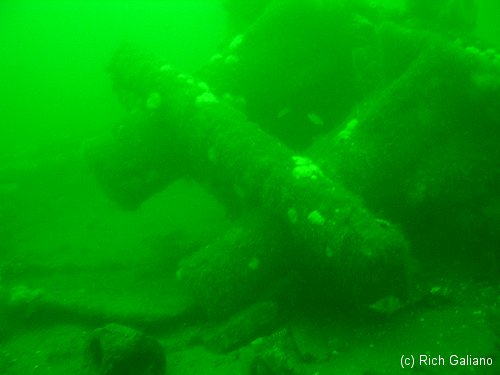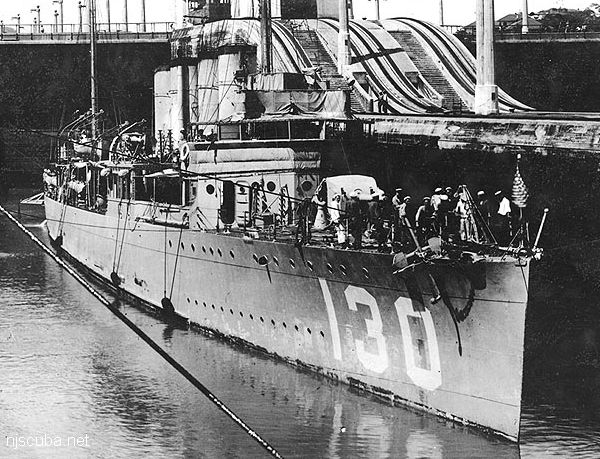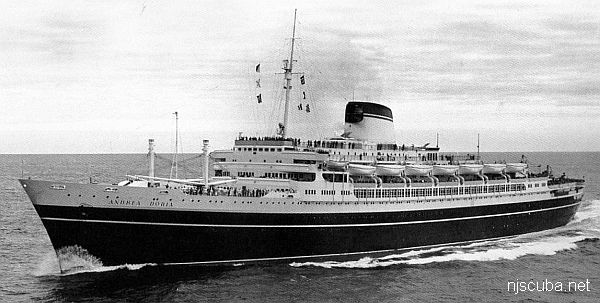Dive Sites
- Home ...
- Dive Sites ...
- Artificial Reefs ...
- Marine Biology ...
- Artifacts ...
- Gear & Training ...
- Blog ...
- Cozumel ...
Here is a comprehensive listing of dive sites in the New Jersey / Long Island area, covering shipwrecks, artificial reefs, beach dives, and selected inland sites. The emphasis is on recreational ( less than 130 ft ) diving in northern New Jersey, since that's where I live and dive. The current total is over 400 references, although this includes a few shipwrecks that are of purely historical interest.
- Sites Contents ...
- New Jersey Dive Sites ...
New Jersey is a superb place for wreck diving. Estimates of the number of wrecks off this coast are between 4000 and 7000. To get some idea of what a staggering figure this is, take a look at the charts here, and for every black cross denoting a shipwreck, imagine 15-20 more. As if this was not enough, every year many excellent new "shipwrecks" are added by active artificial reef programs in both New Jersey and New York. Wrecks vary in age from the 18th century to World Wars I & II to the present day.
A Note on the "Numbers" Here
Anyone can look at the html source of this page and see the numbers that I have kept hidden for many years. Understand though, these numbers are not GPS and are not good enough for navigation, although they may appear to be. Most of them are the old Loran conversions I started with many years ago, which are still perfectly good for putting a spot on a digital map. Any accurate numbers that were given to me in confidence have been fudged.
The two depth contours on the charts were traced off a digital map of doubtful accuracy. The inner one varies between 100 and 200 feet, check nearby wrecks for a better estimate. The outer contour is the edge of the continental shelf, beyond which the depth increases rapidly to thousands of feet.
- Barnegat Chart ...
- Cape May Chart ...
- Manasquan Chart ...
- Sandy Hook Chart ...
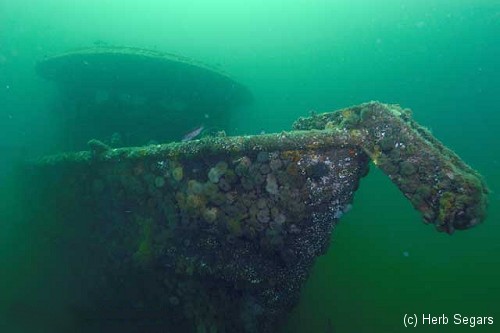
You can navigate this site by clicking on the colored chart labels to bring up information or more detailed charts ( there are ten interlinked main charts, and a number of smaller detail charts ) Alternatively, you can use the table of contents and scroll through the pages manually. The text table of contents also contains a number of interesting web links for this section.
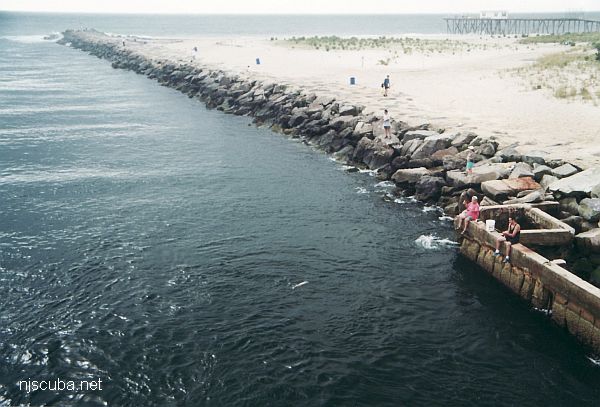
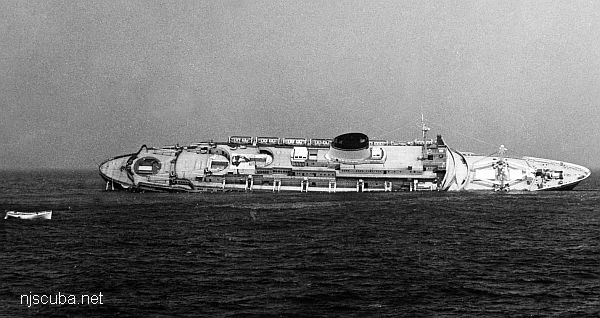
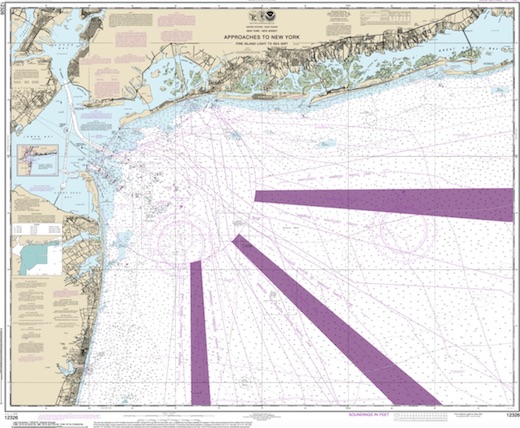
GPS Numbers
Many people ask for Loran GPS numbers for the sites described in these pages. My policy is to not list numbers, as many of them were given to me in confidence, and I will not accidentally release someone's secret. However, after I added all the highly accurate and public-domain GPS numbers in the Artificial Reefs section of the website, I have reconsidered that position, somewhat.
What I have done is collect "GPS numbers" from four public lists, and compile them into a single spreadsheet. I culled the obvious errors, cleaned up the names, and sorted all the data. The numbers are in both common formats: degrees-minutes and degrees-decimal. You can download it here.
You'll notice that there are multiple entries for many wrecks, each listing the source. Often, these numbers turn out to be a quarter-mile apart or more. If two numbers agree, that is more likely an indication that one was copied from the other than that they are right. Some of these numbers might be accurate, but I couldn't tell you which, or which source is the best.
The GPS in my phone helps me find my way out of the woods when I get lost with the dog. The GPS in your car will show you which lane of the highway you are in. These 'GPS Numbers' often can't agree within a quarter of a mile of each other. What this shows is just how awful these public GPS lists really are - they are little more than bad Loran conversions from twenty years ago. If you don't believe me, plug a few of the numbers into the calculator and see for yourself.
Here is one incredible example: two sets of numbers given for the Delaware are over 2 miles apart !!! The Delaware is only 3 miles off the beach, and you can find it by land ranges with no instruments at all:

Note the locations of the two sets of water and bridge towers.
This is indicative of the quality of the entire list - it is garbage. This particular error is probably a typo, but that's what happens when the same junk gets handed down for 20 years.
On the scale of my graphical charts, most of the errors might move a marker one pixel - so for my purposes it doesn't matter. But if you want to actually go out and find a wreck with these numbers, pack a lunch - you're going to be 'mowing the lawn' for a while! That is not to say there are not accurate sources for GPS numbers, but you will have to pay for them. See References.
I have added a few GPS numbers from government sources where the accuracy is high. I'm not going to all the trouble and public disservice of posting all the trash numbers.
I found this online Loran conversion tool from NOAA.

